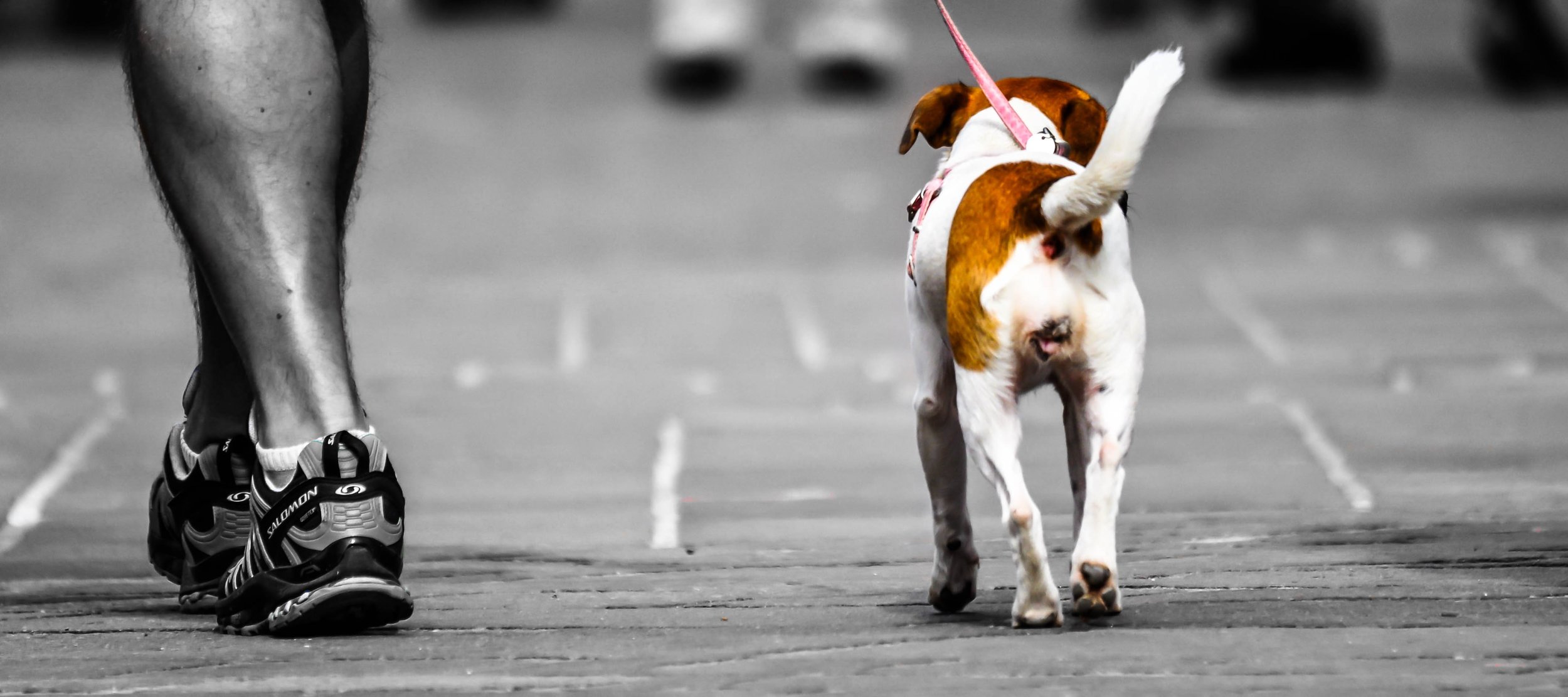Motion is Lotion
I cannot take credit for this awesome saying but I say it to my clients all the time. Regular movement helps manage muscular and joint pain. It keeps muscles and joints flexible.
Does your dog’s joints stiffen up after he or she is stationary for too long? But once they get moving, they loosen up? You see our spines have joints that contain a fluid called synovial fluid. The role of the synovial fluid is to lubricate and reduce friction between joints during movement. Movement encourages the circulation of this synovial fluid.
Interesting fact: Did you know that the popping or cracking sound that can sometimes be heard during a chiropractic manipulation is actually made by the release of gases from this synovial fluid?
A few important points to remember when exercising a dog with joint and muscular issues:
Determine the right activity and level of activity.
The choice of activity will depend on the age of the dog and the severity of the issue. A muscle therapist will be able to assess your dog’s condition and determine the most appropriate type of movement for him or her.
Stretch and move
Always remember the importance of stretching and moving. Your dog’s soft tissues – ligaments, tendons, muscles – will shorten and tighten if not moved through their full range regularly. When sore muscles are moved they will initially feel uncomfortable but this discomfort will subside as you continue the passive stretches.
And I am NOT not recommending OVER-activity either!
For dogs with muscular and orthopaedic issues, the key is low-impact short and frequent exercise.
Learn how to strengthen and stabilize joints.
The more stable a joint has, the stronger it is. We can teach you exercises to build the muscles around the joint.
So, how should you exercise your arthritic dog?
Controlled exercise
There is a misconception that a diagnosis of arthritis (or any other joint issue) means that you need to slow down activities for your dog to preserve his or her joints from further damage. Keeping your dog still is worse for its body than activity. Controlled exercise that keeps your dog stretching and moving and circulating blood to all its stiff joints is important for maintaining strength and flexibility.
Follow a daily exercise routine.
Remember: The key is low impact, short and frequent. Do NOT over-exercise.
If arthritis is caused by obesity, these daily low impact exercises can make a significant difference. They allow the dog to lose weight, strengthen muscles, and get fitter without risking damage to their joints.
Do not allow for long periods of inactivity when your dog’s muscles have an opportunity to stiffen.
Look for signs of exertion
Heavy panting, pain or other signs of overexertion. Stop the activity immediately. Pushing forward can cause injury, especially if your pet isn't accustomed to a lot of activity.
Examples of low impact light exercises
Walking, swimming, use of Fitpaws equipment. Keep exercises short — 15-30 minutes of activities daily is a good start. Swimming is especially great for dogs with arthritis because the water supports much of the body weight and inhibits sudden excessive movements.
Warm up and cool down
Warm up
A minute or two of slow walking before initiating low-impact exercise activities will help arthritic dogs move easier.
Cool down
Cooling down is just as important as warming up especially if your dog has been quite active and has a quick heart rate. Cooling down reduces stiffness and soreness by assisting the removal of lactic acids in the body. You can give your dog a massage (such as effleurage) during "cool downs” and gradually reduce their heart rate to a normal resting rate.
Why too much crate rest is a bad idea
For decades, vets have prescribed extended crate rest for post-surgery and injury treatment. It is now well established that Immobility is detrimental to muscles and joints. The most obvious effects of long periods of immobility can be seen in the musculoskeletal system - muscle atrophy, loss of muscle strength and weakening of the joints. Muscles shorten and lose their full range of movement when they are immobilised. A rehabilitation programme of post operative exercises can prevent these issues.
So, motion is indeed lotion!
Remember : Always consult your vet muscle therapist before beginning any new exercises to ensure your dog is medically and physically fit enough to partake in such activities.





